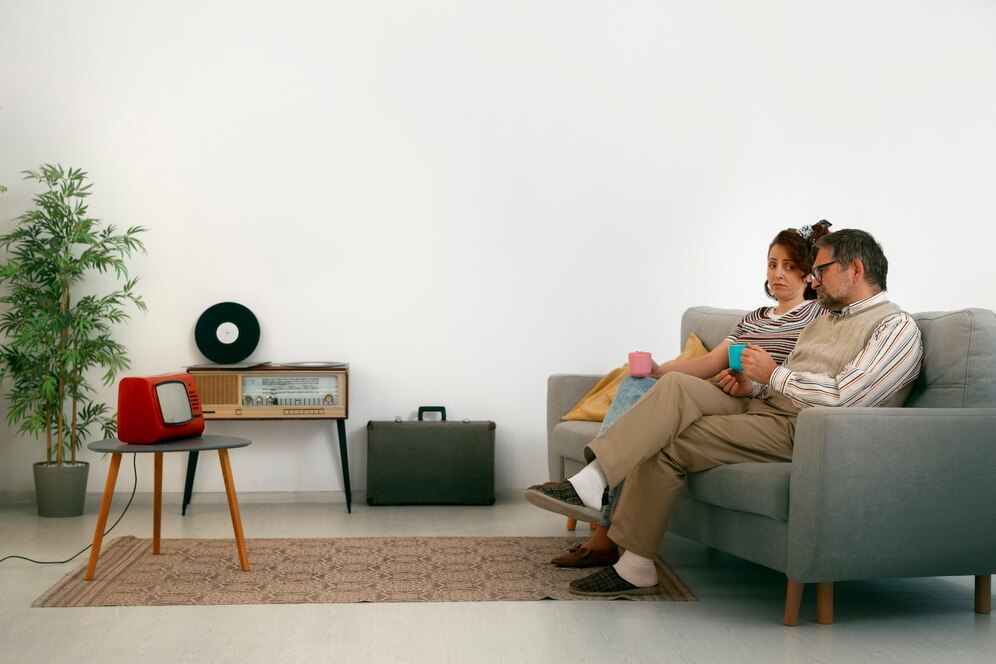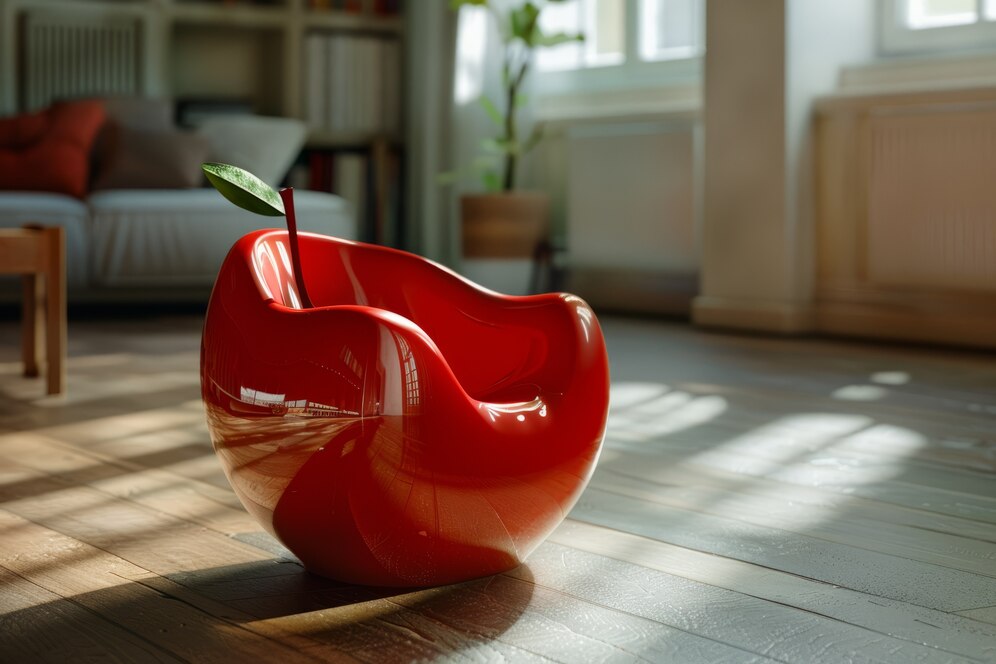
Open Concept Living: Pros, Cons & Design Tips
Open concept living has become a defining feature of modern home design, offering a spacious and flexible layout that enhances both functionality and aesthetics. Whether you are designing a new home or renovating an existing one, understanding the open floor plan benefits, potential drawbacks, and design strategies will help you make informed decisions. In this comprehensive guide, we’ll explore the best open concept designs, discuss their impact on daily living, and provide expert tips to optimise your space.

What is Open Concept Living?
An open concept home eliminates traditional barriers between key living spaces, such as the kitchen, dining area, and living room, to create a seamless, interconnected environment. This modern home layout maximises natural light, enhances social interaction, and provides a sense of openness.
Key Features of an Open Floor Plan:
- Fewer interior walls to allow free movement and visual continuity
- Multi-functional spaces that adapt to different needs
- Uninterrupted natural light from large windows and shared light sources
- Integrated kitchen, dining, and living areas for better social engagement
Now, let’s explore the open floor plan benefits in detail.
The Pros of Open Concept Living
1. Enhanced Social Interaction
One of the best open concept designs fosters a more interactive living space. With no walls separating key areas, conversations can flow freely, whether you’re cooking in the kitchen or relaxing in the living room. This setup is ideal for families, as it allows parents to supervise children while preparing meals and makes hosting gatherings more enjoyable.
2. Improved Natural Light and Airflow
A modern home layout with an open floor plan allows sunlight to penetrate deeper into the space. Without walls blocking windows, natural light travels freely, reducing the need for artificial lighting during the day. Additionally, airflow is improved, making the home feel more refreshing and well-ventilated.
3. Greater Flexibility in Layout
Open floor plans provide versatile spaces that can be adapted to various needs. Whether you want to rearrange furniture, add a home office, or create a play area, the flexibility of an open layout makes it easier to customise your space as your lifestyle evolves.
4. A Sense of Spaciousness
Even in smaller homes, an open layout can make a space feel significantly larger. The absence of walls creates visual continuity, which tricks the eye into perceiving more square footage. This is particularly beneficial for urban apartments and compact homes.
5. Increased Home Value
Modern home buyers often prioritise open concept designs due to their contemporary appeal. If you plan to sell your home in the future, an open layout can enhance its marketability and resale value, making it a smart long-term investment.
The Cons of Open Concept Living
While there are numerous open floor plan benefits, it’s important to consider potential downsides before committing to this layout.
1. Limited Privacy
With fewer walls, privacy becomes a challenge. Noise travels easily, making it difficult to find a quiet spot for work, relaxation, or personal space. If multiple household members need to use the same space for different activities, this can become a concern.
2. More Noise and Echoes
In an open layout, sound carries more than in traditional homes with separate rooms. Conversations, kitchen noise, and entertainment systems can create a noisy environment, which might be disruptive for families with different schedules or work-from-home professionals.
3. Cooking Odours and Mess Visibility
An integrated kitchen and living area means that cooking smells, smoke, and clutter are more noticeable. If you frequently entertain guests, keeping the kitchen tidy can be a constant challenge.
4. Heating and Cooling Challenges
Large, open spaces can be harder to regulate in terms of temperature. Without walls to contain heat or air conditioning, it may require more energy to maintain a comfortable climate, increasing utility costs.
5. Requires Thoughtful Design to Avoid Clutter
With open concept living, storage solutions are crucial. Without designated rooms, it’s easy for items to accumulate and create a cluttered appearance. Strategic furniture placement and built-in storage are necessary to maintain a tidy aesthetic.

Best Open Concept Designs: How to Optimise Your Space
If you decide that the modern home layout of an open floor plan is right for you, here are some essential design tips to maximise its functionality and appeal.
1. Define Functional Zones
Even in an open concept space, defining areas for different activities helps create structure. Use design elements like area rugs, lighting variations, and furniture placement to subtly differentiate the kitchen, dining, and living areas.
2. Choose a Cohesive Colour Palette
A consistent colour scheme unifies the space and prevents visual chaos. Neutral tones with strategic pops of colour can enhance the openness while maintaining harmony.
3. Incorporate Smart Storage Solutions
To combat clutter, invest in:
- Built-in shelving and cabinets
- Multi-functional furniture (e.g., storage ottomans, extendable tables)
- Hidden storage compartments to maintain a minimalist look
4. Use Statement Lighting to Create Ambience
Layered lighting adds depth to open concept spaces. Consider:
- Pendant lights over kitchen islands
- Chandeliers above dining areas
- Recessed lighting for general illumination
- Floor and table lamps to create cosy corners
5. Select Furniture That Enhances Flow
Avoid bulky furniture that disrupts openness. Instead, choose:
- Low-profile sofas and modular seating for flexibility
- Glass or acrylic tables to maintain visual transparency
- Open shelving units that define spaces without blocking light
6. Incorporate Sound Absorbing Materials
To reduce noise issues, use:
- Rugs and carpets to minimise echoes
- Upholstered furniture and cushions for sound absorption
- Curtains or wall panels to improve acoustics
7. Add Greenery for Warmth and Freshness
Indoor plants bring vibrancy to open spaces while enhancing air quality. Consider large potted plants, hanging greenery, or a vertical garden for a natural touch.
FAQs: Common Concerns About Open Concept Living
1. How can I create privacy in an open floor plan?
Use room dividers, bookshelves, or decorative screens to create separation without closing off the space completely.
2. What flooring works best for an open concept home?
A consistent flooring material, such as hardwood, polished concrete, or luxury vinyl, enhances the sense of flow and spaciousness.
3. How do I maintain a clean look in an open space?
Regular decluttering and strategic storage solutions help keep your space tidy. Choose furniture with built-in storage and avoid excessive decor items.
4. Can I have an open concept design in a small home?
Yes! Small homes benefit greatly from open layouts. Using mirrors, light colours, and multi-functional furniture can further enhance the sense of space.
5. What are some budget-friendly ways to achieve an open concept look?
Removing non-load-bearing walls, using light paint colours, mirrors, and open shelving, and investing in modular furniture are cost-effective ways to embrace open concept living.

Embracing Open Concept Living: The Perfect Balance
Open concept living offers a range of advantages, from enhanced social interaction and natural light to a more flexible and spacious feel. However, it also presents challenges like noise, privacy concerns, and the need for careful organisation. By following these design tips and considering your lifestyle needs, you can make the most of an open floor plan while addressing its potential drawbacks.
If you’re considering modern home layouts with open concept designs, take the time to plan thoughtfully and choose solutions that balance aesthetics with practicality.
What are your thoughts on open concept living? Share your experiences in the comments below!